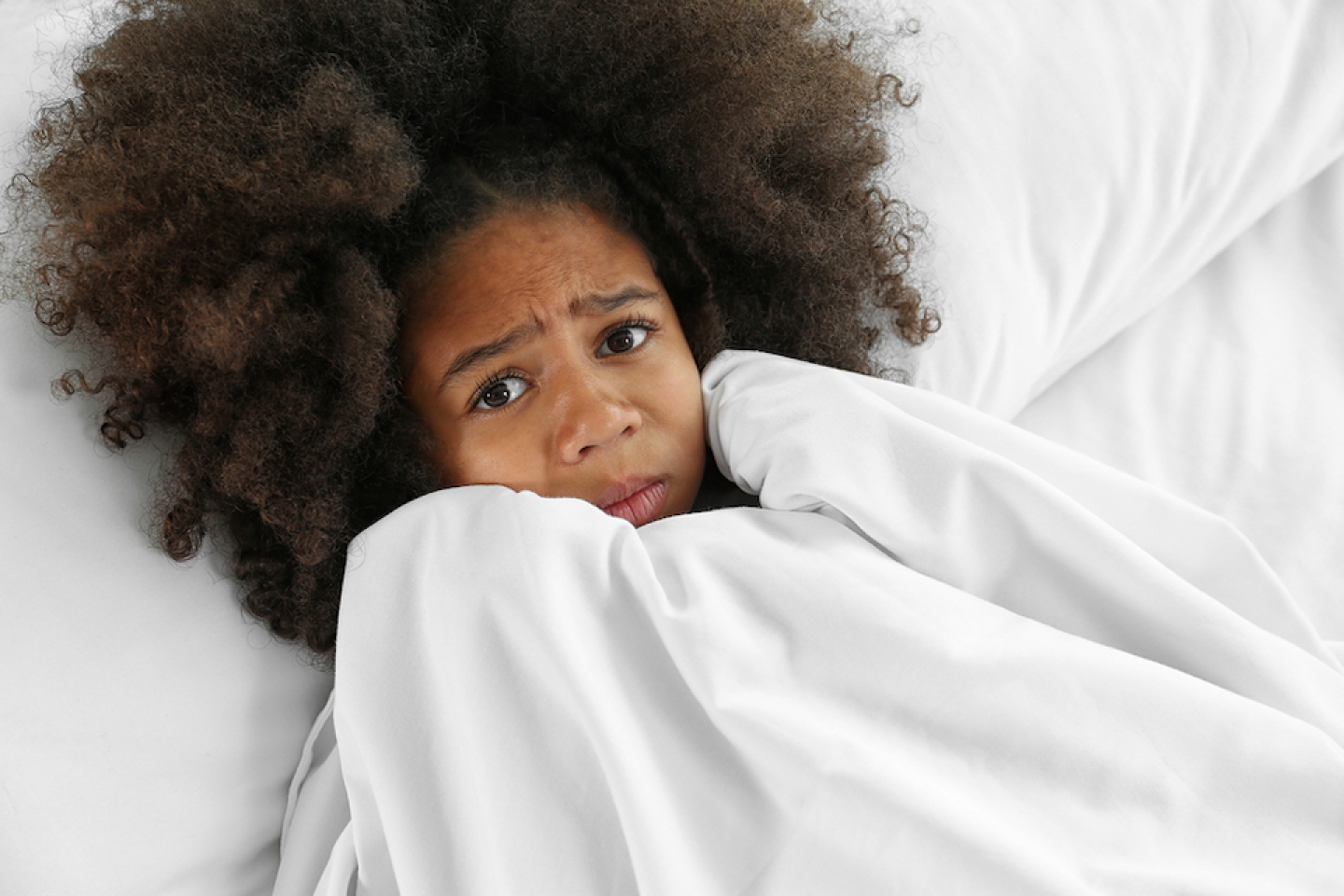- Empty cart.
- Continue Shopping
How to Recognize and Address Night Terrors in Children

Night terrors can be a distressing experience for both children and their parents. Understanding what night terrors are and how to respond can make a significant difference in helping your child navigate through them. We will explore the signs, causes, and effective strategies for recognizing and addressing night terrors in children.
Understanding Night Terrors
Night terrors are a type of sleep disorder that typically occur during the non-REM (rapid eye movement) stages of sleep. They are characterized by sudden, intense episodes of fear, panic, and confusion. Unlike nightmares, children experiencing night terrors are not fully awake and may not remember the event the next morning.
Recognizing the Signs
Identifying night terrors involves observing specific behaviors and symptoms:
- Sudden Onset of Fear: Night terrors often begin abruptly, with the child appearing suddenly fearful or panicked.
- Intense Emotional Reaction: Children may exhibit extreme emotions, such as screaming, crying, or intense distress.
- Physical Activity: They may move around the room, thrash, or display agitated behavior.
- Lack of Responsiveness: Despite appearing awake, children are usually unresponsive and may not recognize or acknowledge their parents.
- Rapid Heartbeat and Breathing: Physiological signs of stress, like rapid breathing and an increased heart rate, may be present.
Common Triggers
While the exact causes of night terrors are not always clear, several factors may contribute:
- Genetics: Night terrors can run in families, indicating a genetic predisposition.
- Stress and Anxiety: High levels of stress, anxiety, or major life changes can trigger night terrors.
- Sleep Deprivation: Fatigue or irregular sleep patterns can increase the likelihood of night terrors.
- Fever or Illness: Some children may experience night terrors during periods of illness or fever.
- Certain Medications: Some medications, especially those that affect the central nervous system, can contribute to night terrors.
What NOT to Do During a Night Terror
It’s important to know what actions to avoid when your child experiences a night terror:
- Don’t Wake Them: Attempting to wake a child in the midst of a night terror can be disorienting and may lead to more distress.
- Avoid Talking About It the Next Day: Bringing up the night terror the next day may be confusing for the child, as they likely won’t remember the event.
How to Address Night Terrors
- Create a Consistent Bedtime Routine: Establishing a calming routine before bedtime can help your child relax and prepare for a restful sleep.
- Ensure Adequate Sleep: Prioritize a regular sleep schedule and make sure your child is getting enough rest each night.
- Create a Comfortable Sleep Environment: Ensure the bedroom is conducive to sleep – it should be cool, dark, and quiet.
- Address Stress and Anxiety: Encourage open communication with your child about their feelings and concerns. Provide reassurance and support.
- Limit Stimulants: Avoid sugary foods, caffeine, and screen time close to bedtime, as they can interfere with sleep.
- Consult a Healthcare Professional: If night terrors persist or significantly disrupt your child’s sleep, consult a pediatrician or sleep specialist for further guidance.
Conclusion
Night terrors can be a challenging experience for both children and parents, but with understanding and the right approach, they can be managed effectively. By recognizing the signs, understanding potential triggers, and implementing strategies to create a conducive sleep environment, you can help your child navigate through night terrors with care and support. Remember, seeking professional advice when needed is a crucial step towards ensuring your child’s well-being and a good night’s sleep for everyone involved.








